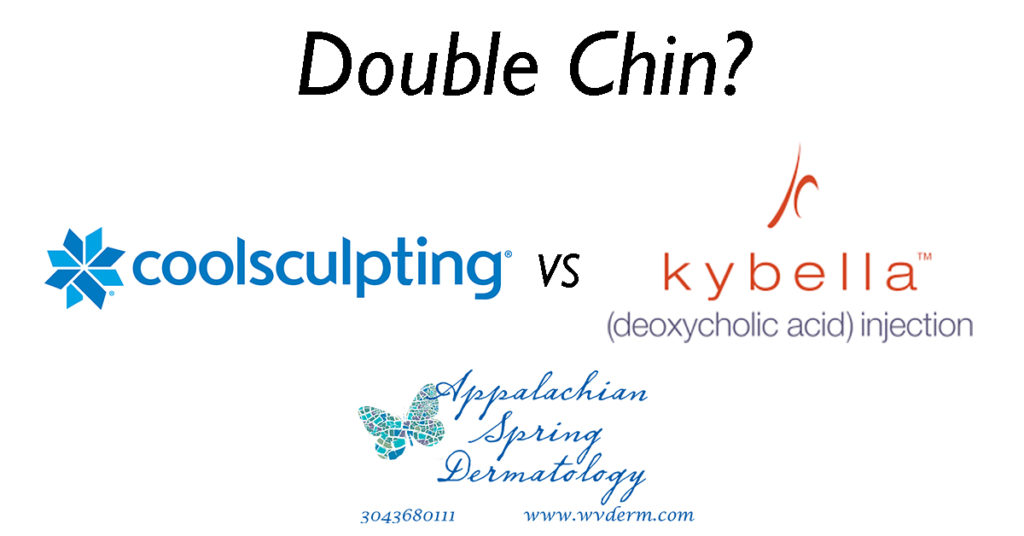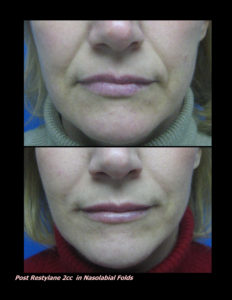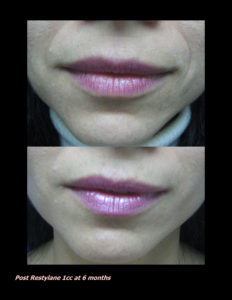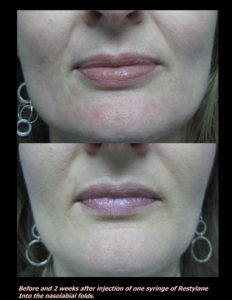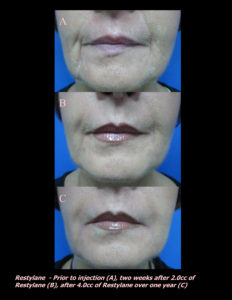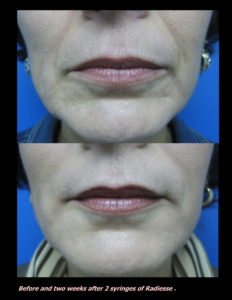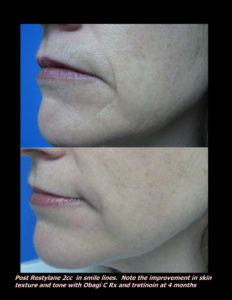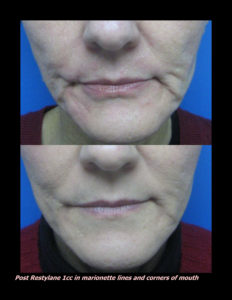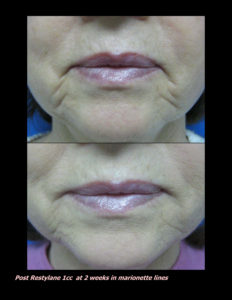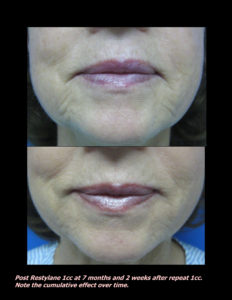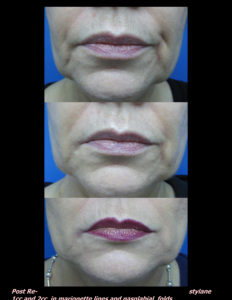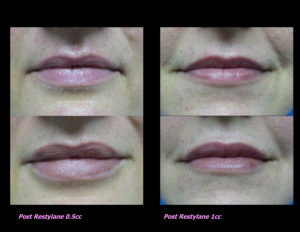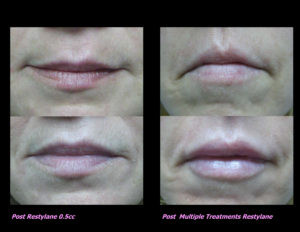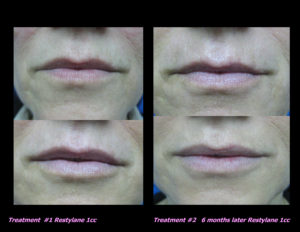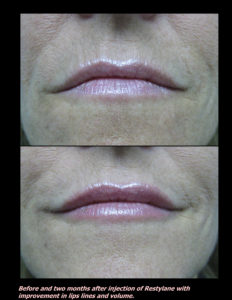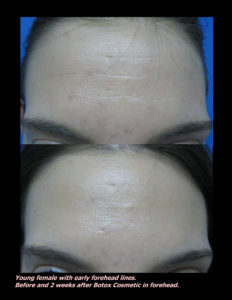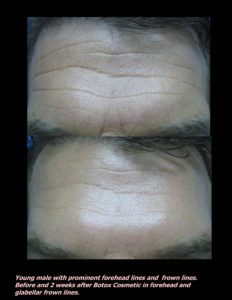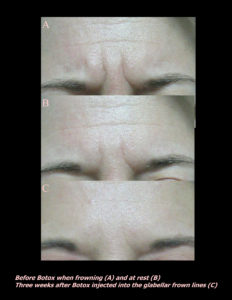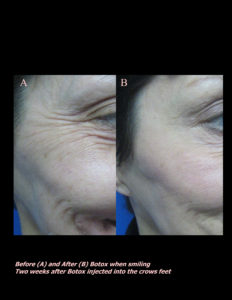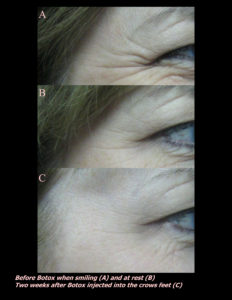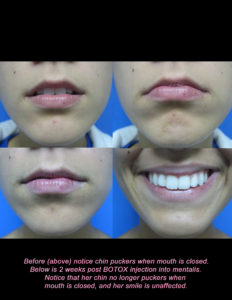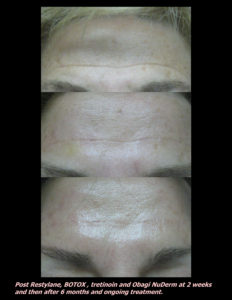What are these brown spots on my face?
Melasma and Freckles and Other Brown Spots
Almost daily, I am asked the question, what are these brown spots on my face? Followed by, how can I get rid of them? What sounds like an easy question is much more complex than you may think. First, we will discuss the major types of brown spots on the face. Then, in the rest of this series, we will discuss these types of brown spots in detail, followed by different treatments for them and what works best for each type in my experience.
Freckles
The earliest brown spot we see on the skin from a young age are FRECKLES. Most people think they are cute, especially when limited in number. However, as a freckly child and adult, I despise them. Why? As a child, they made me different at times in life that I just wanted to blend in. As an adult and a dermatologist, I know they are a sign of the skin being damaged by the sun. Freckles only occur in heavily sun-damaged areas and rapidly increase with each sun-exposure. They tend to be small, light brown, and number in the hundreds if not thousands. They fade in the winter months only to reappear quickly each spring and summer. Freckles tend to occur most on those with a redheaded complexion or what dermatologists call Type 1 skin.
Lentigo
The adult version of a freckle is a LENTIGO. Other common names for a lentigo are a liver spot or an age spot. These tend to be larger than a freckle and more isolated. They also are a sign of sun damage and occur in sun-exposed areas only. They can be seen on all skin types. Lentignes (that’s the plural name) are generally benign, but sometimes a melanoma can occur in a lentigo, called a lentigo maligna. Benign lentignes are often a light brown even color, larger than a traditional freckle, the size of a dime or larger, and sometimes are slightly raised and tend to stay around all year. As compared to freckles and melasma, which result from an overproduction of pigment, lentignes actually are composed of an increased number of pigment cells, melanocytes.
Melasma
Larger than a lentigo is MELASMA. This a larger mottled, totally flat patch on the skin. These can vary from the size of a quarter to large portions of the face. Melasma is also often seen in the chest’s sun-damaged areas, sides of the neck, and occasionally on the forearms. Melasma also tends to fade in the winter and reoccur in summer. In addition to sunlight, melasma can sometimes flare under estrogen exposure and when the skin is severely damaged or irritated. Trauma to the skin from waxing, laser procedures, and chemical peels can all trigger melasma.
Pigment
All of the things we have discussed so far are the result of irregular production and retainment of pigment in the skin. As an oversimplification, the pigment cells produce excessive pigment, and then that pigment is retained in the outer layer of the skin. In most cases, the pigment is entirely contained in the epidermis, but rarely it is deeper and more stubborn.
Seborrheic Keratosis
The last kind of major kind of brown spot is a SEBORRHEIC KERATOSIS. This is usually a crusty brown, gray, or white raised area on the skin that does not change color in the sun. They are often found in non-sun exposed areas of the skin, like under women’s breasts. These can also number in the thousands and tend to heap up dead skin and then flake up, causing varying thickness and appearances over time.
Now you know the major types of brown spots. The articles in the coming week will help identify them further and talk about ways to treat them.
If you know someone who may find this article helpful, please share it with them! Follow us on social media this week, and subscribe to our growing YouTube channel!
If you would like to receive these posts in your email inbox, Subscribe to our Site.
|
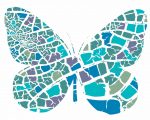

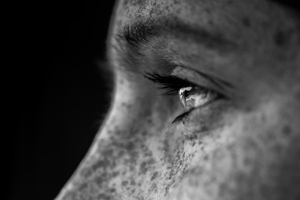


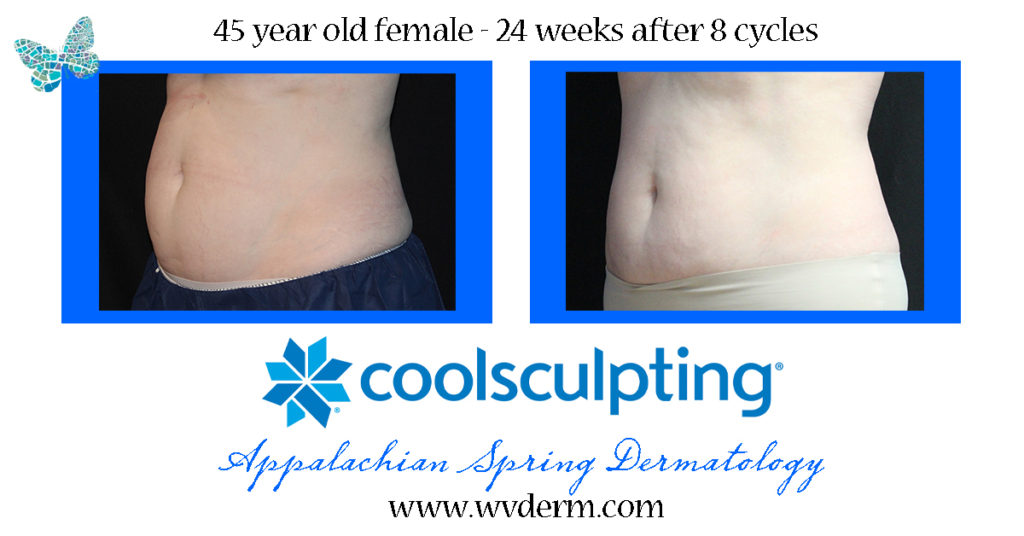
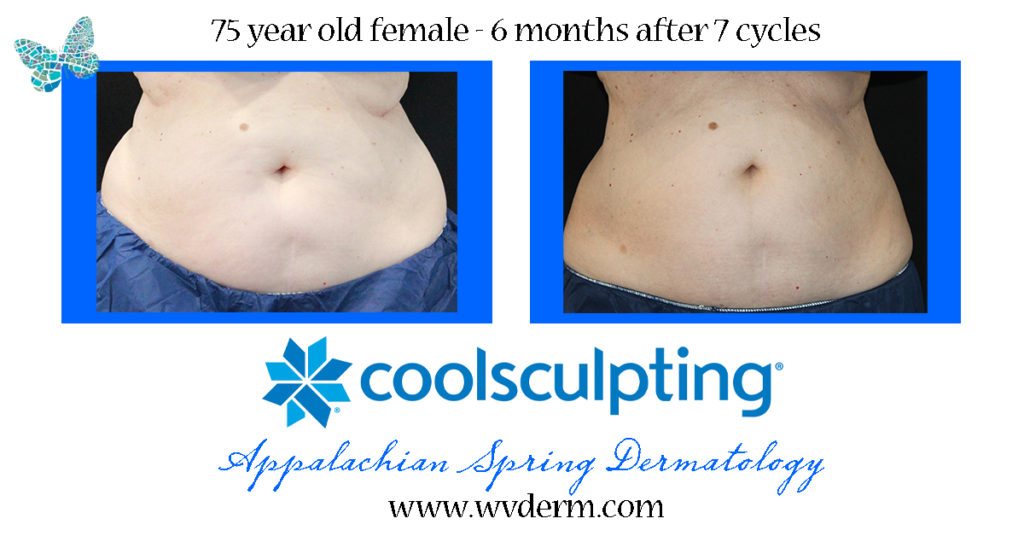
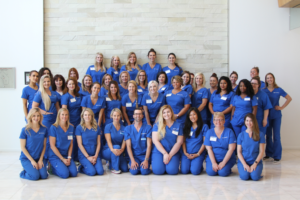
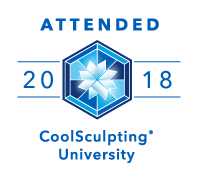
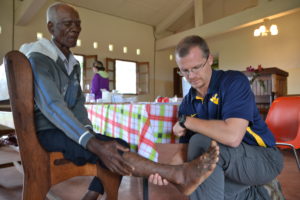
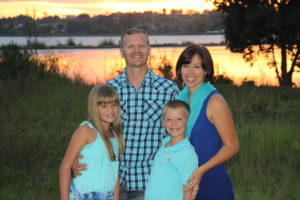
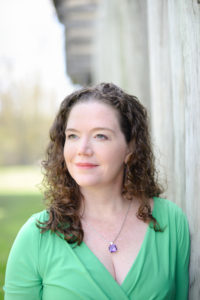
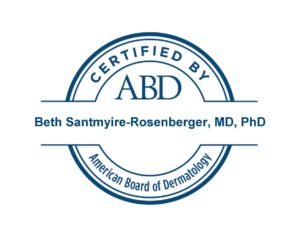

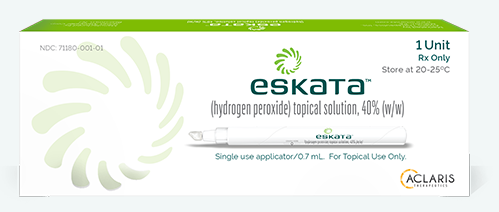

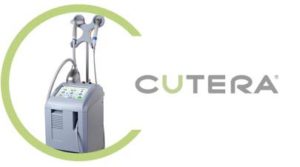 Laser Vein Reduction Treatments
Laser Vein Reduction Treatments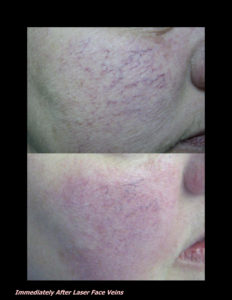
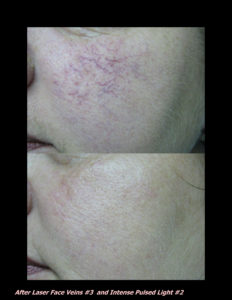
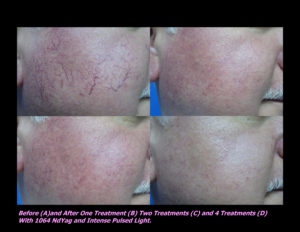
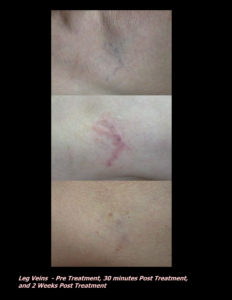
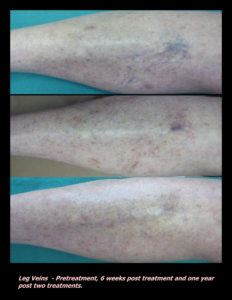
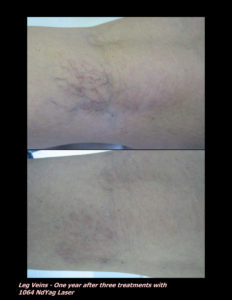
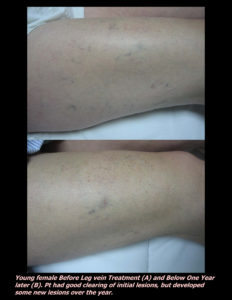
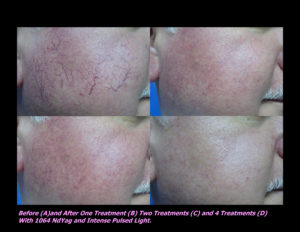
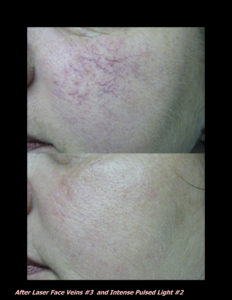
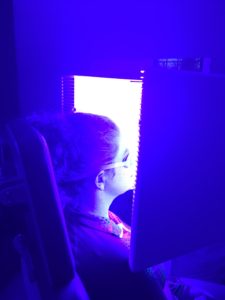
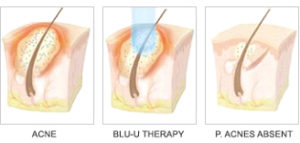
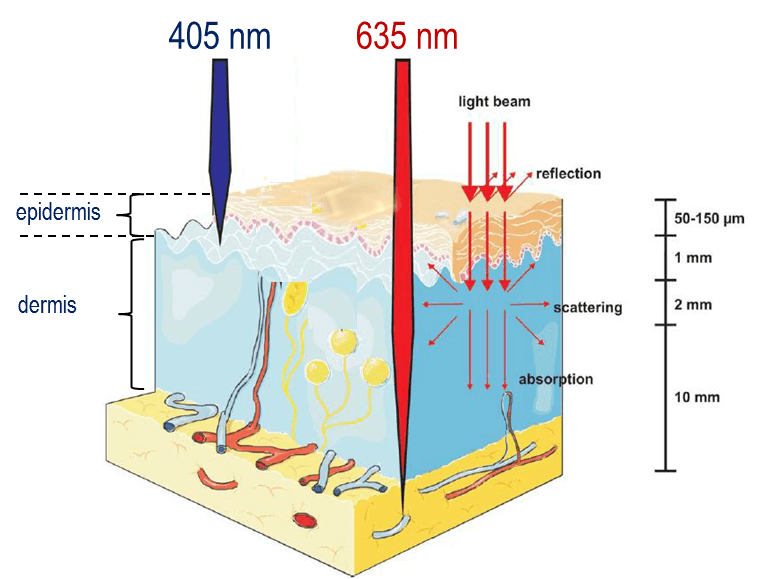
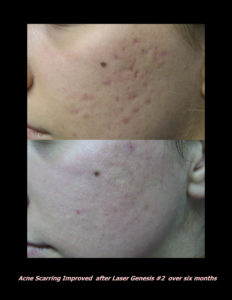
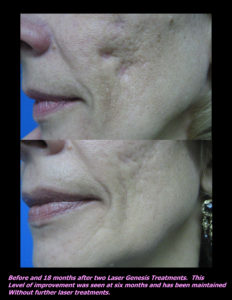


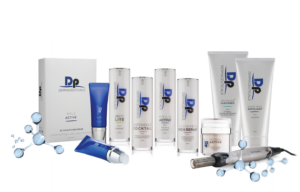 DP Dermaceutical Products
DP Dermaceutical Products